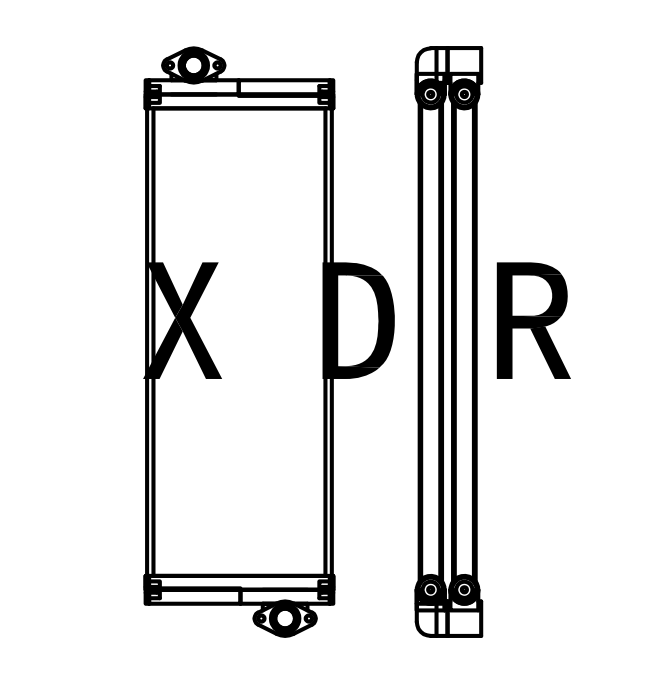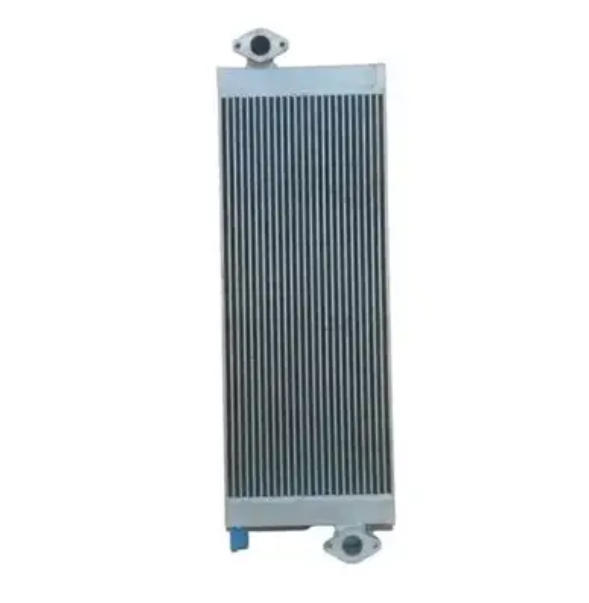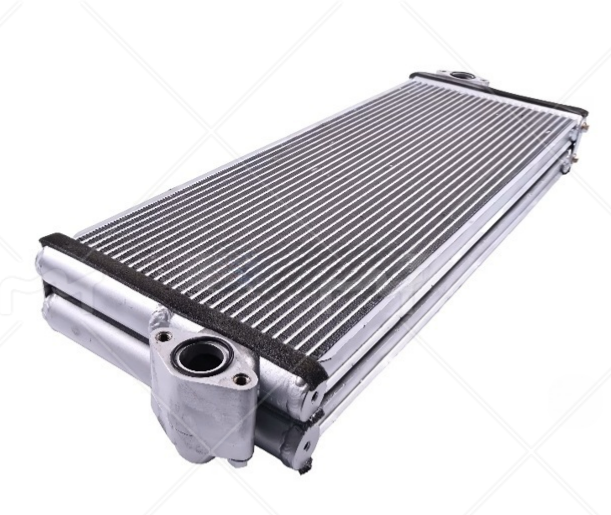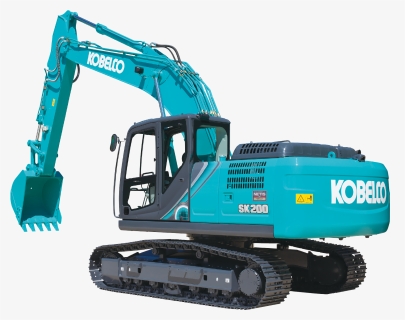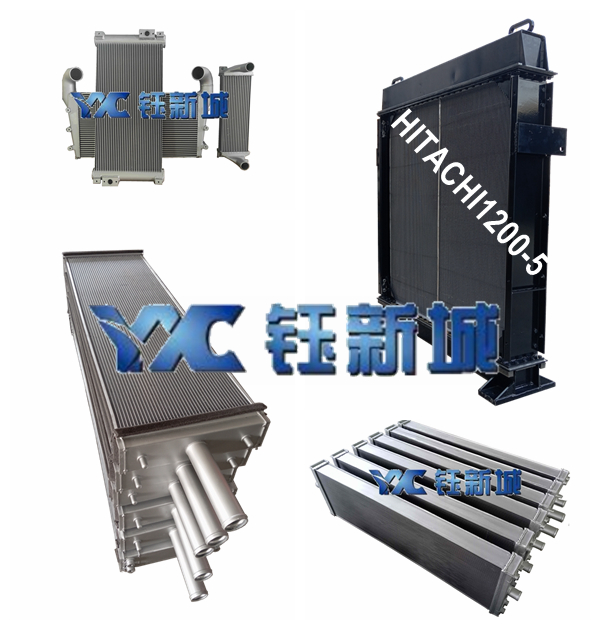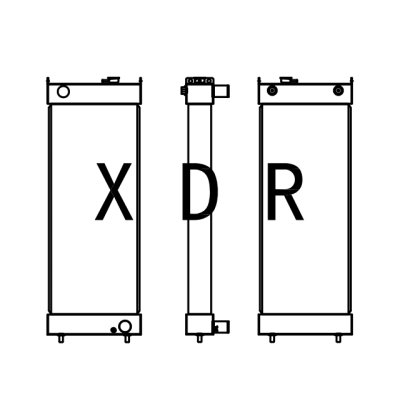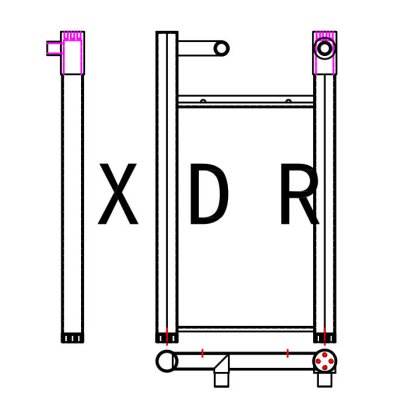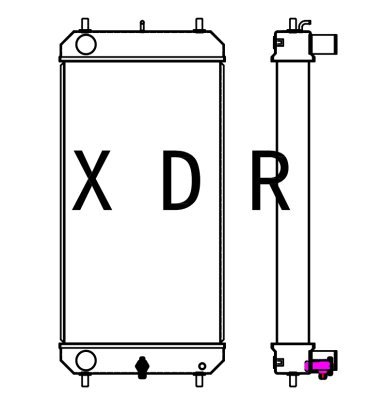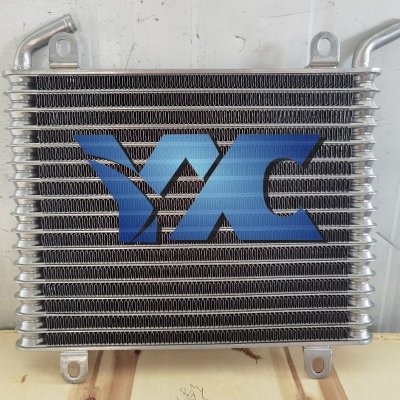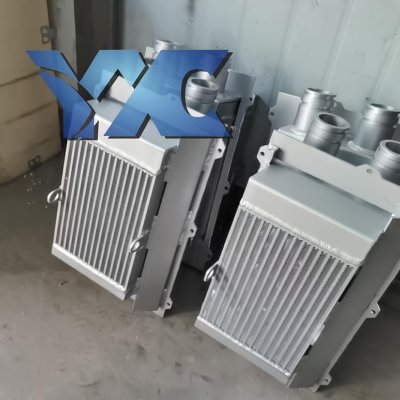Oil Cooler For Kobelco200-8
Replacement Hydraulic Oil Radiator for Excavator Kobelco200-8
Characteristics
● Hydraulic oil radiator is an all aluminum plate-fin heat exchanger, designed as an exact fit, OEM replacement for excavator with famous brands in the world..
● It is built using our most durable heat exchanger design that is capable of withstanding tremendous heat and pressure. Plate-fin heat exchanger, under higher pressure.
● Our radiators are made of high-quality aluminum, which improves heat dissipation efficiency and ensures that your equipments works normally and efficiently
Hydraulic Oil Cooler (Radiator) for Kobelco SK200-8 Excavator
1. Primary Function and Purpose
The Hydraulic Oil Cooler, often referred to as a hydraulic oil radiator or heat exchanger, is a critical component in the Kobelco SK200-8's hydraulic system. Its primary purpose is to dissipate excess heat generated by the hydraulic system during operation.
Why it's needed: As the hydraulic pump pressurizes oil and actuators (cylinders, motors) perform work, a significant amount of heat is created through friction and compression. If this heat is not removed, the hydraulic oil temperature can rise to dangerous levels.
Consequences of Overheating: Overheated oil loses its lubricating properties, leading to accelerated wear of pumps, valves, and seals. It can also cause the oil to break down (viscosity loss), reduce system efficiency, and lead to complete hydraulic system failure.
The cooler maintains the oil within an optimal temperature range (typically between 50°C and 80°C or 122°F - 176°F), ensuring peak performance and longevity of the excavator's hydraulic system.
2. Location and Construction
Location: On the Kobelco SK200-8, the hydraulic oil cooler is typically located in the upper rear of the machine, behind the main cab. It is mounted in the same area as the engine coolant radiator and the charge air cooler (intercooler), often forming a "stack" of coolers. This location allows it to receive maximum airflow from the engine's cooling fan.
Construction: It is a core-type heat exchanger, usually made from:
Core/Fins: Aluminum fins brazed to aluminum or copper tubes. Aluminum is preferred for its excellent heat transfer properties and light weight.
Tanks/Headers: Aluminum or reinforced plastic tanks on the sides that distribute the hydraulic oil through the network of tubes.
Casing/Frames: Often has steel or aluminum side plates for structural strength and to secure it to the excavator's frame.
3. How It Works
The operating principle is based on heat transfer from the hot hydraulic oil to the cooler ambient air.
Hot Oil Inlet: High-temperature hydraulic oil returning from the work circuits enters the cooler through an inlet port.
Heat Dissipation: The oil is forced through the small internal tubes of the cooler. The large surface area of the fins attached to these tubes absorbs the heat from the oil.
Airflow: The engine's thermostatically controlled cooling fan pulls or pushes ambient air through the fins of the cooler. This airflow carries the heat away from the fins and into the atmosphere.
Cool Oil Outlet: The now-cooled hydraulic oil exits the cooler through an outlet port and is returned to the hydraulic reservoir, ready to be pumped through the system again.

